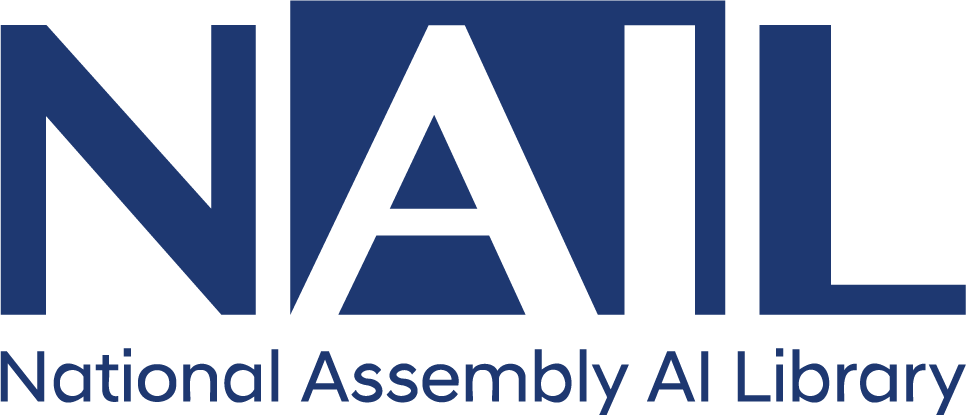목차
Title page 1
Contents 2
1. Executive summary 3
2. Background and methodology 6
2.1. Project background 6
2.2. Project objectives 6
2.3. Methodology and sample 6
2.3.1. Sample 6
2.3.2. Methodology 8
3. Baseline views on AI and its uses 10
3.1. Awareness and understanding of AI and its use 10
3.2. Perceptions of AI 10
3.3. Initial views on AI in education 12
4. Using AI in education 14
4.1. Participants' views regarding opportunities for AI use in education 14
4.1.1. Supporting teachers 14
4.1.2. Participants' views on the use of AI to enhance learning experiences 15
4.2. Concerns about AI use in education 17
4.2.1. Lower quality of learning 17
4.2.2. Impact on teachers 18
4.2.3. Loss of key skills 18
4.2.4. AI accuracy and risk of unfair bias 19
4.2.5. Harmful content 20
4.2.6. Unequal access to AI 21
4.2.7. Data assurances 21
4.3. Acceptable and unacceptable use cases 23
4.3.1. Table of AI use case acceptability 23
5. Using pupil work and data to optimise AI tools 24
5.1. Pupil work 24
5.1.1. Pupil work that can be used to optimise AI tools 24
5.1.2. Concerns about the use of pupil work to optimise AI tools 25
5.1.3. Acceptability of the use of different types of pupil work 26
5.2. Types of data 27
5.2.1. Types of data 27
5.2.2/5.1.2. Acceptability of the use of different types of pupil data 28
5.3. Control of pupil work and data 29
5.3.1. Parents and pupils 29
5.3.2. Schools 29
5.3.3. Government 30
5.3.4/5.3.5. Tech companies 32
6. Conditions for use 33
6.1. Human oversight 33
6.2. Parent and pupil agreement for use of work and data 34
6.3. Standardisation and regulation 35
6.4. Age and subject restrictions 36
6.5. Profit sharing 37
7. Reflections and implications for future research 39
7.1. Methodological reflections 39
7.2. Areas for future research 40
8. Appendix 41
8.1. Demographic sample breakdown 41
8.2. Expert video breakdown 42
Tables 7
Table 1. Breakdown of participant cohort by fieldwork location 7



